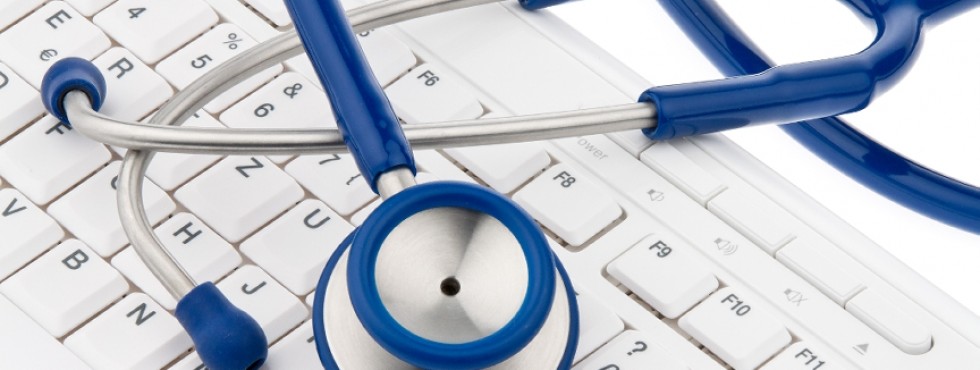10 Key Strategies for Streamlining Medical Billing Processes
In the ever-evolving landscape of healthcare, medical billing processes play a critical role in the financial health of healthcare organizations. Efficient and streamlined medical billing processes are essential for maximizing revenue, reducing errors, and improving overall financial performance. Here are 10 key strategies to streamline medical billing processes effectively.
1. Implement Electronic Health Records (EHR) System
- Utilize an EHR system to digitize patient information and streamline billing processes
- Automate coding, billing, and claims submissions to reduce errors and improve efficiency
2. Train Staff on Billing Software
- Provide comprehensive training on billing software to ensure accuracy and efficiency in billing processes
- Regularly update staff on changes and advancements in billing technology
3. Verify Insurance Coverage in Advance
- Verify patient insurance coverage prior to appointments to avoid billing issues
- Collect co-payments and deductible amounts upfront to streamline billing processes
4. Streamline Coding Processes
- Utilize automated coding tools to streamline coding processes and reduce errors
- Implement regular coding audits to ensure accuracy and compliance
5. Outsource Medical Billing Services
- Consider outsourcing medical billing services to a reputable third-party provider
- Outsourcing can help reduce administrative burden and improve billing accuracy
6. Monitor Key Performance Indicators (KPIs)
- Track KPIs such as denial rates, days in accounts receivable, and collections rates
- Use KPI data to identify areas for improvement and streamline billing processes
7. Implement Clear Billing Policies
- Establish clear billing policies and communicate them to patients upfront
- Provide patients with transparent billing statements and explanations of charges
8. Utilize Revenue Cycle Management (RCM) Tools
- Invest in RCM tools to automate billing processes and improve revenue cycle management
- Utilize analytics and reporting features to optimize billing performance
9. Conduct Regular Staff Training and Education
- Provide ongoing training and education for staff to stay up-to-date on billing regulations and best practices
- Encourage staff to collaborate and share insights to improve billing processes
10. Embrace Continuous Improvement
- Regularly review and evaluate billing processes for opportunities for improvement
- Implement feedback loops and encourage staff to provide input on streamlining processes
Benefits of Streamlining Medical Billing Processes
Streamlining medical billing processes offers a wide range of benefits, including:
- Improved cash flow and revenue generation
- Reduced billing errors and denials
- Enhanced patient satisfaction and transparency
- Increased efficiency and productivity
Conclusion
Effective medical billing processes are crucial for the financial success of healthcare organizations. By implementing the 10 key strategies outlined above, healthcare organizations can streamline their billing processes, reduce errors, and improve overall financial performance. Investing in technology, training staff, and monitoring performance metrics are essential for optimizing revenue cycle management and ensuring the financial health of healthcare organizations.



